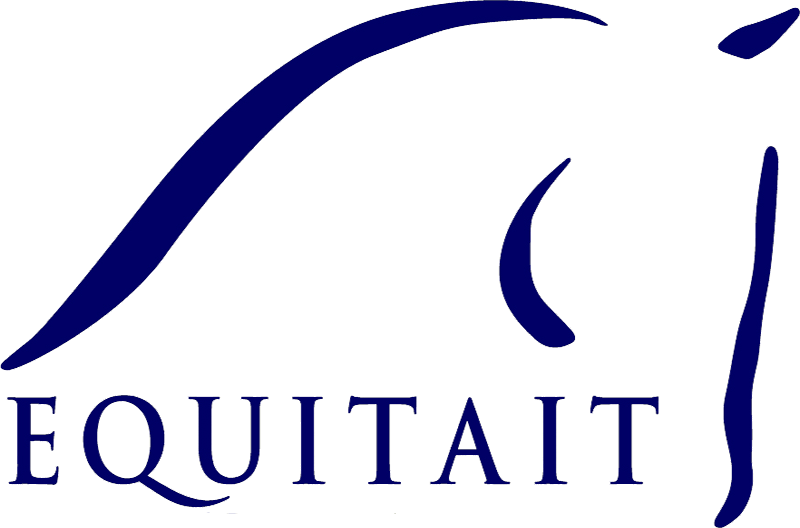For more information or to book a dental visit please call the office on 01361 889106 or e-mail enquiries@equitait.com
Why is Dentistry Important?
The most important reason to maintain a horse’s teeth is to ensure that they are free from pain and therefore have a good quality of life. However as we demand more and more from our horses, regular dental care is vital for improving performance, overall health and can even prolong life.
Horses are expert at disguising dental problems until they become advanced, this is a survival tactic in the wild. Horses’ eating patterns adapt to cope with developing dental pain and disease and only with expert examination can these problems be identified early.
What are the signs that my horse needs dental attention?
Indicators of dental disease can include:*
- Changes in eating habits: dribbling feed, feed in the water bucket, holding the head to the side whilst eating, eating slower than normal or not eating at all
- Weight loss/loss in condition
- Smelly breath (halitosis)
- Bitting or behavioural problems when ridden, head tossing or resistance to contact
- “Quidding”: chewed up balls of grass, hay or haylage dropped from the mouth. The horse drops the food because it is unable to chew it sufficiently to swallow
- Pouching food in the cheeks or swollen face
- Smelly nasal discharge often from one nostril
- Long particles of undigested food in droppings (a sign that they have not been chewing their food sufficiently)
*Please be aware that there may be no obvious signs of dental disease and hence regular treatment and check up is always advised.*
How often does my horse or pony need dental check ups?
In most adult horses (5 years old or older) this will be every 6-12 months, but may be more frequent if dental disease is detected. After the first visit our vet will recommend an individual dental maintenance plan with advice regarding when the next check up should occur.
Dentistry in youngsters
Unless dental abnormalities were picked up in the foal we recommend youngsters undergo their first dental examination at around 2 years old. This allows us to check on the eruption of adult teeth replacing the baby teeth, known as “caps” and identify any hereditary abnormalities with the teeth which may require extra care. Between 2½ and 4½ years of age your youngster will lose 24 caps! These caps can on occasion be retained which in some cases leads to painful inflammation and infection. Given that we often start bitting and breaking work around 3 years old it is vital to make sure there are no painful sources in the mouth before you get started. At this stage we would also be checking for the presence of wolf teeth which may lead on to a discussion as to the possibility of their removal. Wolf teeth are small teeth which sit just in front of the first cheek teeth. It is also is a good opportunity to get your youngster comfortable with a procedure which they will likely undergo annually for most of their lives.
Why do Horse’s teeth become sharp?
The upper jaw is wider than the lower jaw and chewing occurs in a mostly sideways-circular motion. This can lead to sharp edges on the outside of the upper cheek teeth and the inside edges of the lower cheek teeth. Horses’ diets have changed over the years becoming more and more processed and this can accelerate dental problems.
Examination & Treatment
A thorough dental examination needs to be performed to identify any issues. The vet will use a dental gag (speculum) which holds the horse’s mouth open so they can safely examine all of the teeth using a combination of palpation (touch) and direct visualisation with the aid of a head torch. At times a dental mirror may also be used to used to visualise more awkward areas.
Most horses tolerate oral examination well but for those who are nervous or agitated the vet may recommend sedation which allows a more thorough examination and the safe administration of any treatment required.
Frequently our treatments will involve reducing certain overgrown areas of the teeth by “rasping,” this can be done with hand tools or with a power assisted dental rasp. We find most horses tolerate the power rasp well and it allows us to reduce large overgrowths whilst causing minimal trauma to the tooth.
Common Dental Problems
Treatment depends on the individual dental issues and so we have described below some of the more common dental problems we see and how we deal with them.
SEP’s – Sharp Enamel Point’s – generally form on the outside of the upper molars and the inside of the lower molars. They occur over time as the horse stops chewing as far sideways resulting in the unopposed edge of the tooth getting longer as the enamel forms razor sharp points. These sharp enamel points can traumatise soft tissues (tongue and cheek), causing pain and discomfort when eating and also from bits and nose bands pulling the cheeks and tongue into these areas. They also stop the horse from chewing freely sideways and therefore exacerbates the problem. These are removed by rasping off the sharp enamel points.
Wave Mouth/Complexes – this is where the molar arcade develops an uneven “wave-like” appearance generally involving many of the cheek teeth. This often occurs secondary to other malocclusions such as retained deciduous caps (baby teeth), missing teeth, hooks, ramps etc. It results in horses being unable to obtain free side to side chewing and therefore proper grinding of the feed. It causes gradual excessive wear to many molars, resulting in prematurely worn out teeth, periodontal pocketing, decay and loss of teeth. We will often reduce high complexes to improve chewing but this requires preventative maintenance over time.
Stepped Molars – where the molar arcade develops a stepped-like appearance. This most often occurs due to a missing tooth allowing the opposite tooth to grow into the void. Can occur from extreme uneven wear. They prevent or block the horse from being able to chew freely resulting in uneven and improper wear to molars and incisors. This is corrected by reducing the offending cheek tooth. This usually requires prolonged regular maintenance.
Diastema – the space that occurs between two adjoining teeth which results in feed getting trapped between them resulting in progressive and severe periodontal disease which is often painful and can cause quidding, halitosis and weight loss. Treatment depends on a number of factors but will often involve rasping the teeth to take that area out of occlusion, removing opposing overgrowths, flushing/picking out the impacted food material and in selected cases widening of the diastema to allow the food to fall out more readily. For more details on diastema please see our factsheet on the subject.
Smooth Mouth – generally seen in older horses and common in geriatric horses. Descibes the situation where the hard enamel of the cheek teeth has worn away. The dentine that is left becomes smooth which is much less efficient at grinding. These horse may need dietary management to help them maintain weight.
Caries – tooth decay in the infundibula of the cheek teeth. As the problem advances can cause sinus infection, nasal discharge and fracture of the tooth. In early cases there is often no treatment. More advances case may require extraction. Fillings like humans would have are possible but more research is required to understand the long-term stability and success of these.
Caudal hooks/ramps – the dominant lower molar extends beyond the opposing molar resulting in a spike at the back of the mouth. When severe can cause soft tissue damage and restricted natural chewing. Not to be confused with a natural curve of the teeth and jaw (Curve of Spee) at the back of the arcade. Requires preventative maintenance to prevent re-occurrence
Rostral Hooks (on upper 06’s) – Dominant upper first cheek tooth overhanging opposing tooth resulting in a spike at the front of the upper cheek teeth. This can cause problems with bitting, damage to soft tissues and restricted natural chewing. Requires preventative maintenance to prevent re-occurrence.
12 Reasons to use Equitait Veterinary Practice to do your horse’s teeth?
- Competitively priced – we reduce our fee if the teeth are done at the same time as vaccination or if there are 5 or more horses are being done together
- Experience – all our vets are very experienced in performing dental examinations and treatments
- We are qualified to all levels with indemnity insurance (see below if you are confused as to who is allowed to do what in your horse’s mouth)
- Equipment – we are fully equipped with a large range of dental instruments and can utilise both hand and motorised rasps to undertake all the routine aspects of your horse’s dental care
- Sedation – as vets we are able to sedate your horse if necessary for examination and treatments
- Local anaesthestic – for procedures such as wolf tooth removal we are able to make it as pain free a procedure as possible by providing the horse with local anaesthetic and where appropriate further pain relief
- Local – we regularly operate in the Scottish Borders, Lothians and North Northumberland, which means if you need us in an emergency or for a new horse you won’t have to wait until we’re next in the area
- Insurance claims – many insurance policies now require annual dental checks and examinations for the policy to be valid – even if the claim is unrelated to dental issues. As we keep clinical records it is easy for us to respond to insurance company requests for evidence that these are being carried out if we have been responsible for your horse’s dental care
- Further training – as vets we are required to undertake continued professional development to keep us educated on the most up to date concepts in equine dentistry
- We won’t promote unethical add on procedures – while we do a lot of equine dentistry it is not our only income revenue. We’d rather remain trusted than promote potentially unethical treatments that may be of no benefit to your horse but are to the detriment of your wallet
- Whole horse approach – as your vet we are able to discuss and consider your horse’s dental care in relation to the overall health of your horse. This is particularly important in horses that are thin, or have behavioural issues
- Dentals are an additional opportunity to discuss the general care of your horse with your trusted equine professionals
Confused about who is allowed to do what in your horse’s mouth?
What can an unqualified equine dental technician do?
(Category 1 Procedures):
• Rasp teeth with hand floats only
• Examine mouths
What can qualified (BAEDT/WWAED) EDTs do?
(Category 2 Procedures)
• Cat 1 procedures
• Use power tools to rasp teeth
• Remove loose teeth (incisors/cheek teeth) with negligible periodontal ligaments
• Extract erupted, non-displaced wolf teeth under direct and continuous veterinary supervision
What can vets do?
• Rasp teeth with hand floats
• Use power tools to rasp teeth
• Examine and evaluate mouths
• Use sedation and administer any other drugs required (ie: antibiotics and pain relief)
• Remove loose and problematic teeth (incisors/cheek teeth)
• Extract all wolf teeth including blind and displaced.
• Any further procedures that are within their own area of competence (ie: treatment of diastemas)
Still confused? Check out www.beva.org.uk/Guidance-and-Resources/Routine-Healthcare/dentistry




